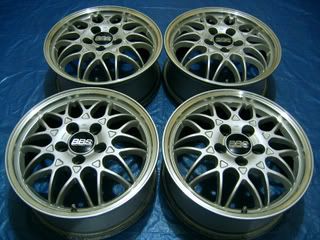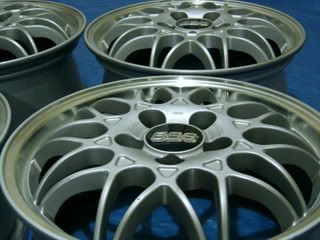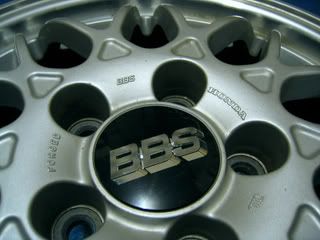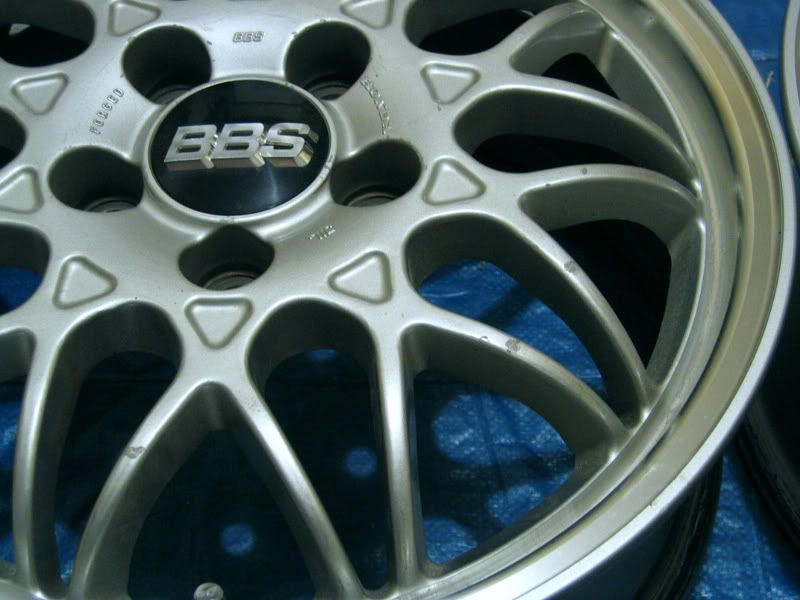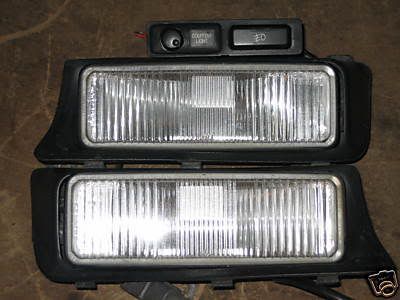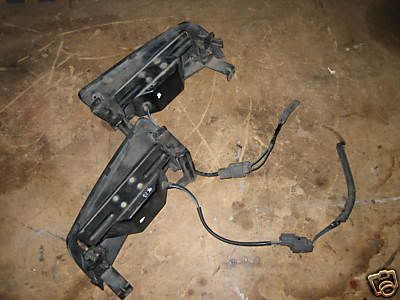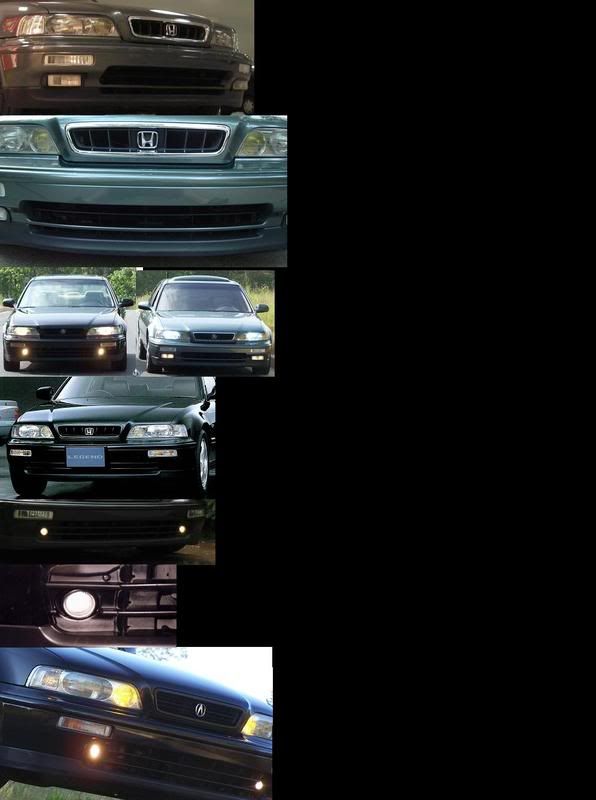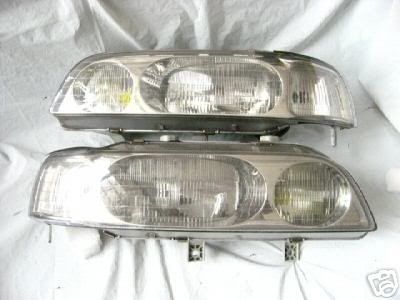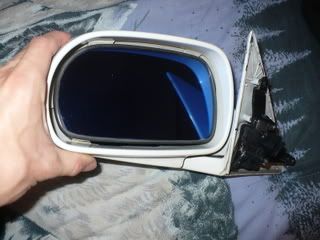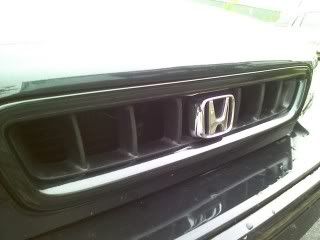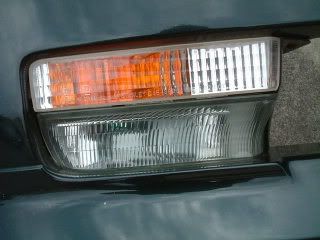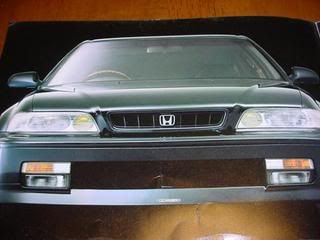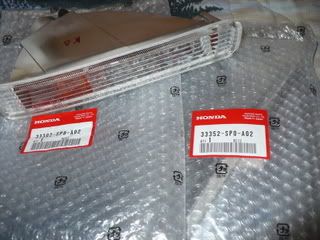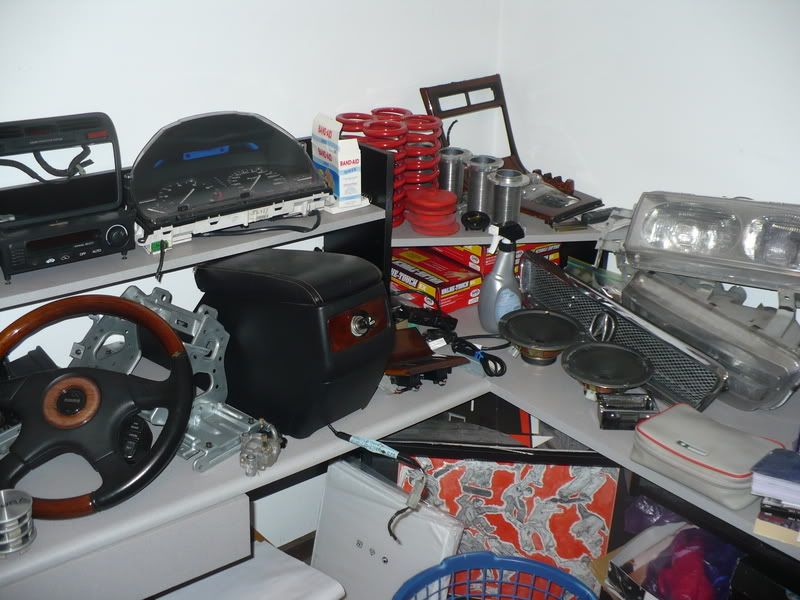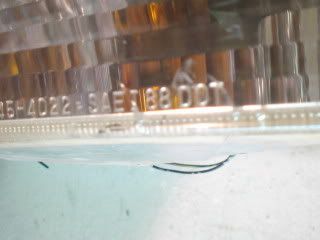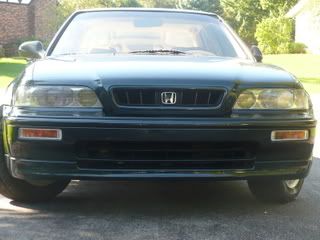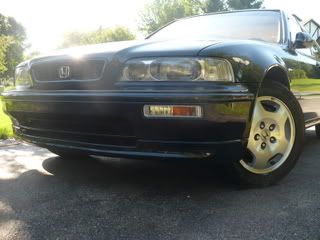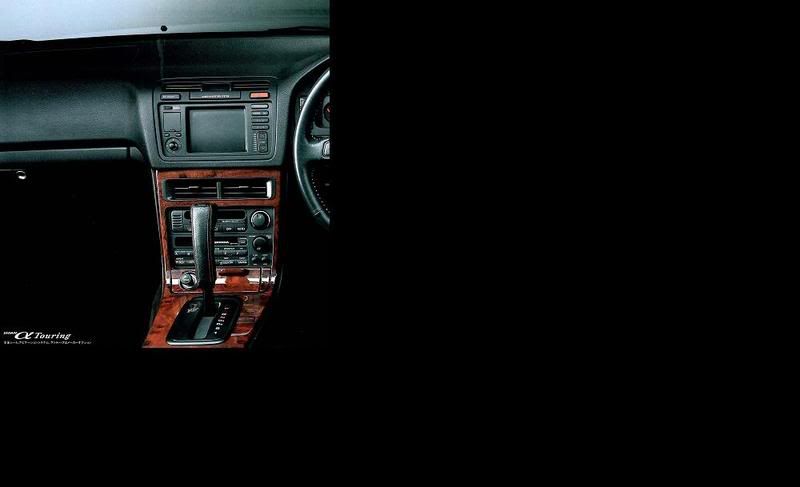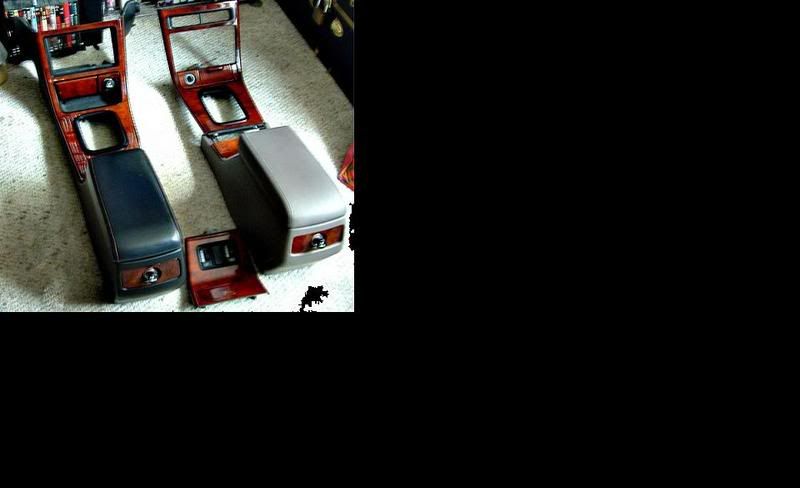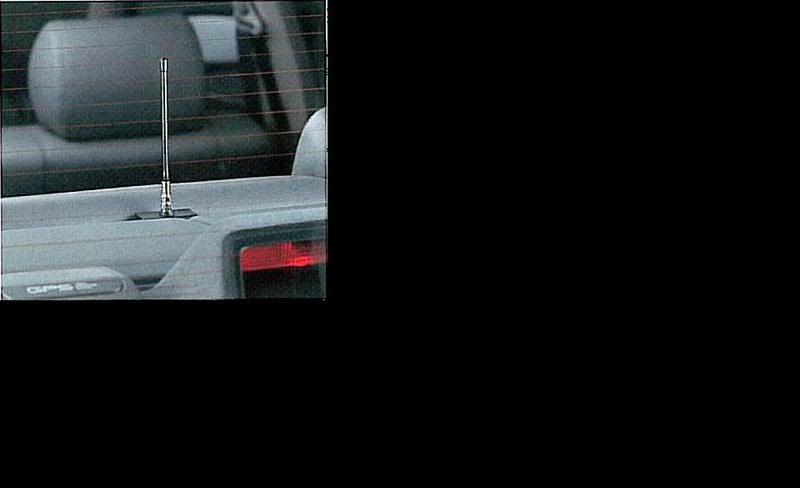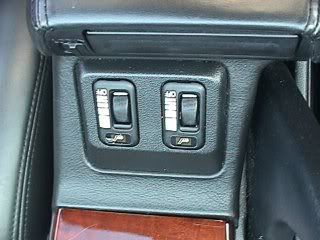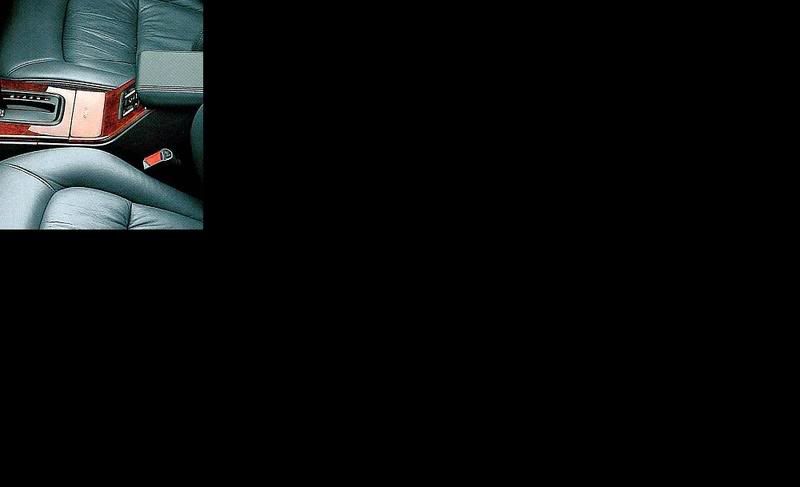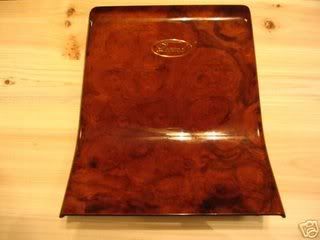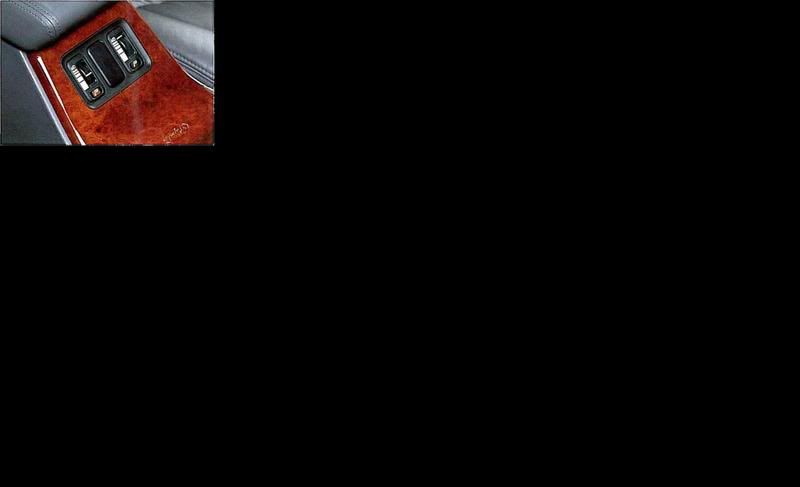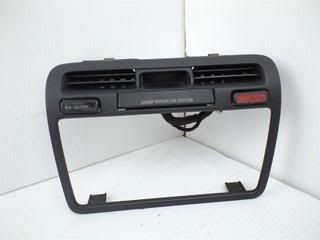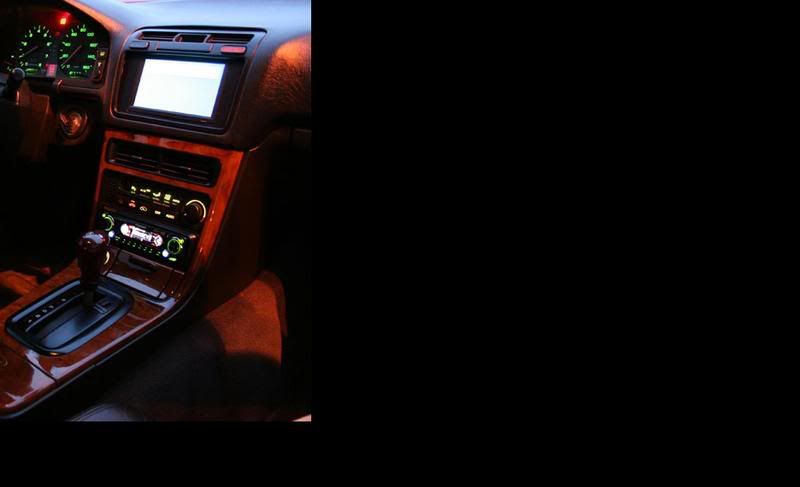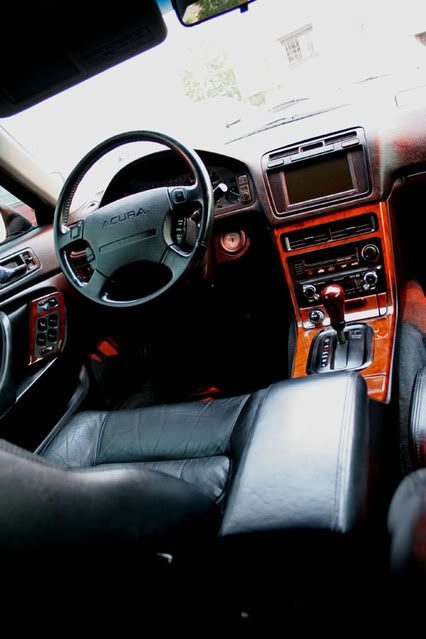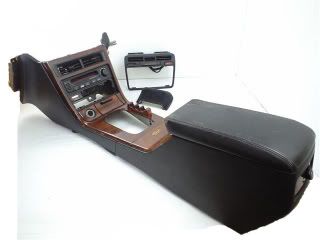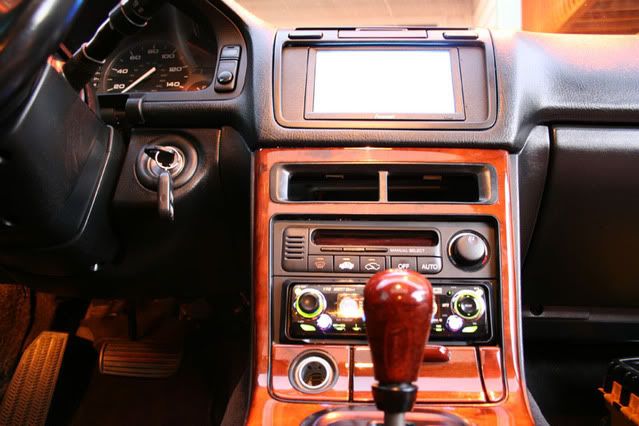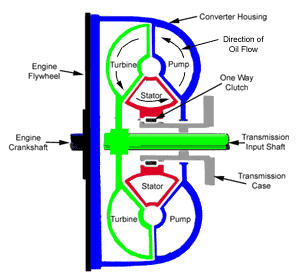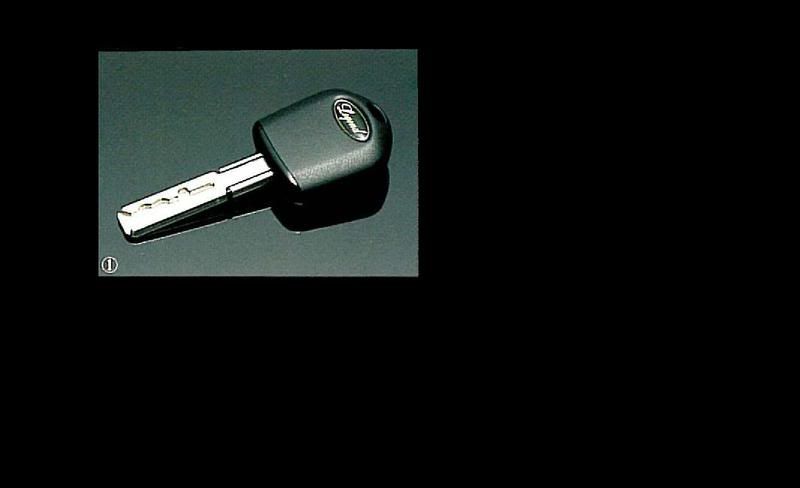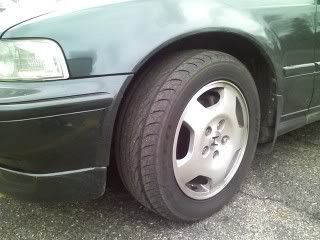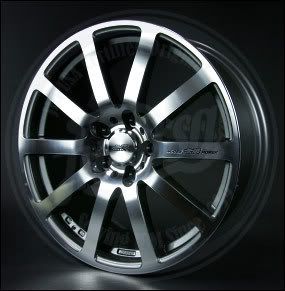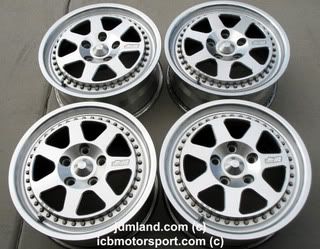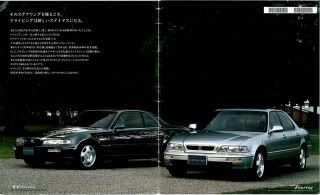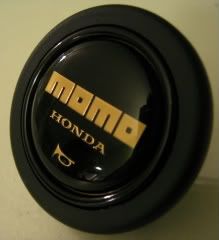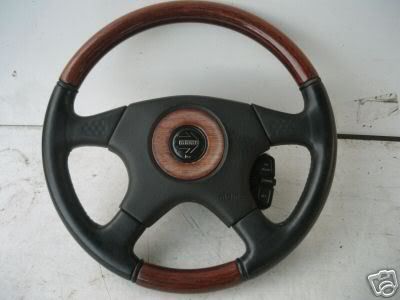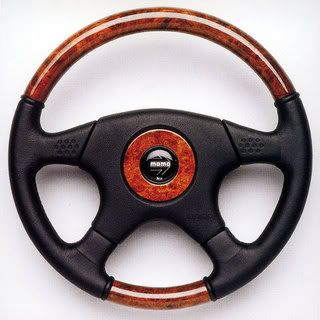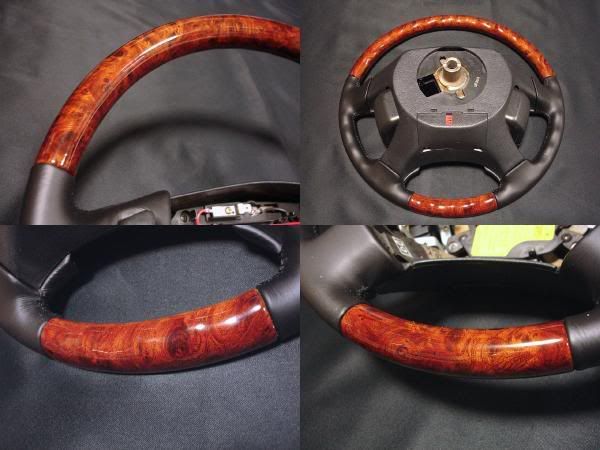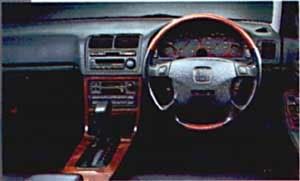This person’s name is Don but his eBay alias is JDMISME. I highly suggest checking him and his auctions out.
So corner lights. What are they? What applications were the made for? Well, as an option from Honda, corner lights were offered for Honda vehicles such as the CD/CE Series Accord, KA7 Legend, DB/DC Series Integra, 95-98 Odyssey and various others. The main difference between the individual vehicle sets are the plastic inserts/bezels that the lamps are attached to and then inserted into the bumper. Those are vehicle specific to match the exact contour of the different bumpers
They look like this:
They work like this:
When your turn signals are turned on, the corresponding cornering light (right or left) will be illuminated to light up that side of the road in the direction that you are turning into. These are handy option items that help you when you're unsure of the road that you are traveling on. They can help to keep you from hitting unseen/unexpected road hazzards that normally would not be visible at night. The cornering lights stay on for as long as the turn signal is on and then they turn off about a second after the turn signals are turned off.
I’ve seen two different kinds used on Legends:
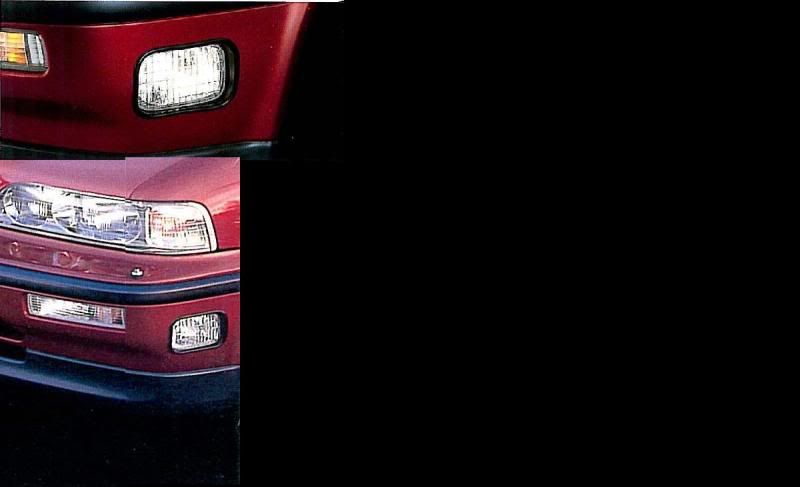
Kind of a squarer type if you look closely….
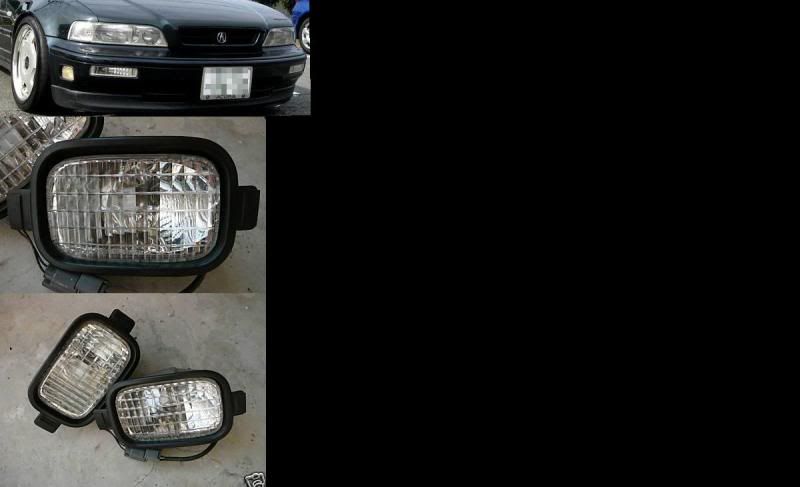
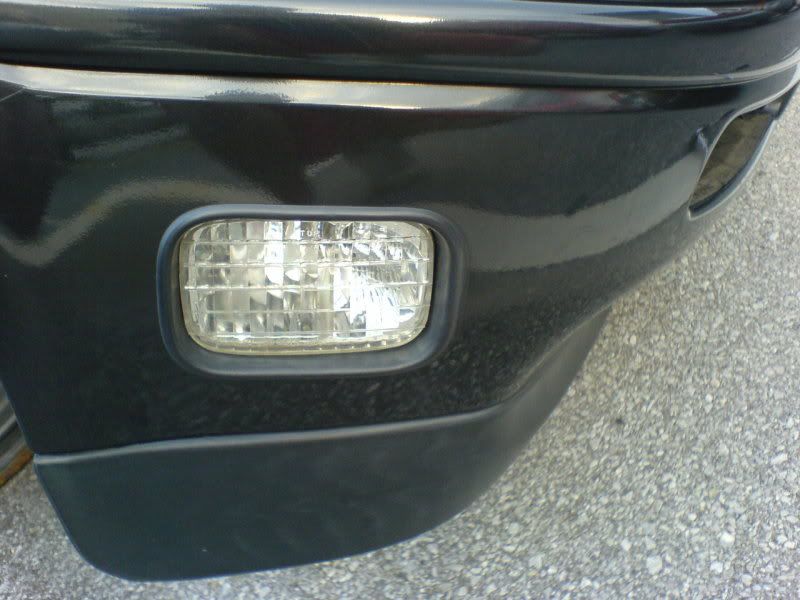
The other type looks like this…..
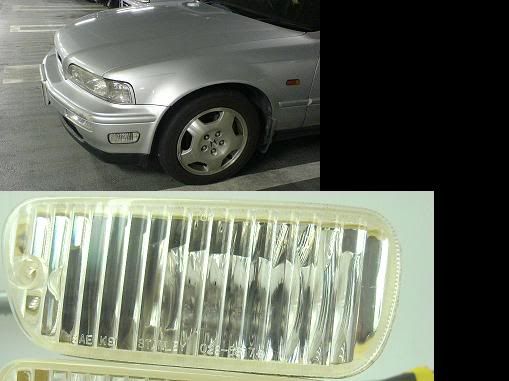
Currently the above type is listed on eBay with a Buy It Now price of $175.00 plus $12.00 shipping. A bit too pricy for me right now, but I imagine I’ll be getting a set or two before Project Legend is completed. I’m partial to the squarer version myself, but if a set like the ones above presented themselves at a decent price, I would definitely not turn them down.
So that’s Novembers second blog posting. It seems that since this blogs inception, I’m really only posting once or twice a month. I intend to change that infrequency for the better however.
I have recently began employment with an amazing car shop and as a result, I now can afford to begin some serious Project Legend undertakings. Because of that, I ideally won’t have to just post about stuff I see on eBay that I can’t afford. I should be able to begin to write and update posts with process updates as well as “How-To’s” that visually document varying modifications and upgrades.
So until then, stay tuned. More coming soon. Hopefully REAL soon.
Project Legend continues……
